
When the ISS has to avoid space junk twice in less than a week, it's time to be aware of what to do with this debris (illustration: NASA).
Human space exploration, despite its many great achievements, is creating a serious problem: space debris.
The situation becomes particularly alarming in 2024, when the European Space Agency (ESA) reports that there are about 40,000 large pieces of debris and hundreds of thousands of small pieces floating in orbit around Earth.
Every piece of debris, big or small, poses a high risk of collision. A typical example is the 2021 incident where a Chinese military satellite exploded after colliding with uncontrolled debris.
Not only does this debris pose a threat to spacecraft and astronauts, it also poses a risk to the vital satellites that support vital activities on Earth. What’s worrying is that we currently have no concrete plan to deal with this mess.
Alarming situation and challenges
Typically, space debris orbits Earth for years before re-entering the atmosphere and burning up. The time it takes to fall depends on its altitude; objects more than 1,000 km above the re-entry threshold can continue orbiting the planet for centuries.
The proliferation of debris has forced low-Earth orbit flights to consider the possibility of collisions, and the International Space Station (ISS) regularly has to perform debris-avoidance maneuvers.
Removing debris from space without letting it fall out of orbit naturally often requires direct contact, increasing the risk of collision and damage to expensive equipment, and even endangering humans if direct intervention is involved.
Breakthrough solution from plasma technology
Professor Kazunori Takahashi from the Graduate School of Engineering, Tohoku University, Japan, has proposed a promising solution: using plasma propulsion systems. He believes that plasma propulsion could be the answer to the problem of space debris.
The system relies on a satellite equipped with a plasma thruster. The satellite will spray plasma at passing debris. The force generated by the plasma will slow the debris down, pushing it out of orbit faster, shortening the collection process from years or centuries to just minutes.
A major challenge with plasma propulsion is that the jet can push the satellite away, reducing efficiency. To overcome this, Professor Takahashi developed a “bidirectional plasma” thruster designed to spray plasma in two directions, offsetting the thrust and maintaining the satellite’s position.
Tests in a vacuum environment simulating space conditions have proven the effectiveness of this design, and can even speed up the process of leaving orbit.
While the device is not yet ready for practical deployment, the achievement marks an important step forward in "developing a propulsion system capable of safely and efficiently removing space debris."
This contactless solution promises to open a new era in protecting the space environment, ensuring future space exploration and exploitation activities are safe and sustainable.
Source: https://dantri.com.vn/khoa-hoc/giai-phap-plasma-mo-duong-don-sach-bai-rac-vu-tru-20251021012829366.htm


![[Photo] Da Nang residents "hunt for photos" of big waves at the mouth of the Han River](https://vphoto.vietnam.vn/thumb/1200x675/vietnam/resource/IMAGE/2025/10/21/1761043632309_ndo_br_11-jpg.webp)

![[Photo] Prime Minister Pham Minh Chinh meets with Speaker of the Hungarian National Assembly Kover Laszlo](https://vphoto.vietnam.vn/thumb/1200x675/vietnam/resource/IMAGE/2025/10/20/1760970413415_dsc-8111-jpg.webp)
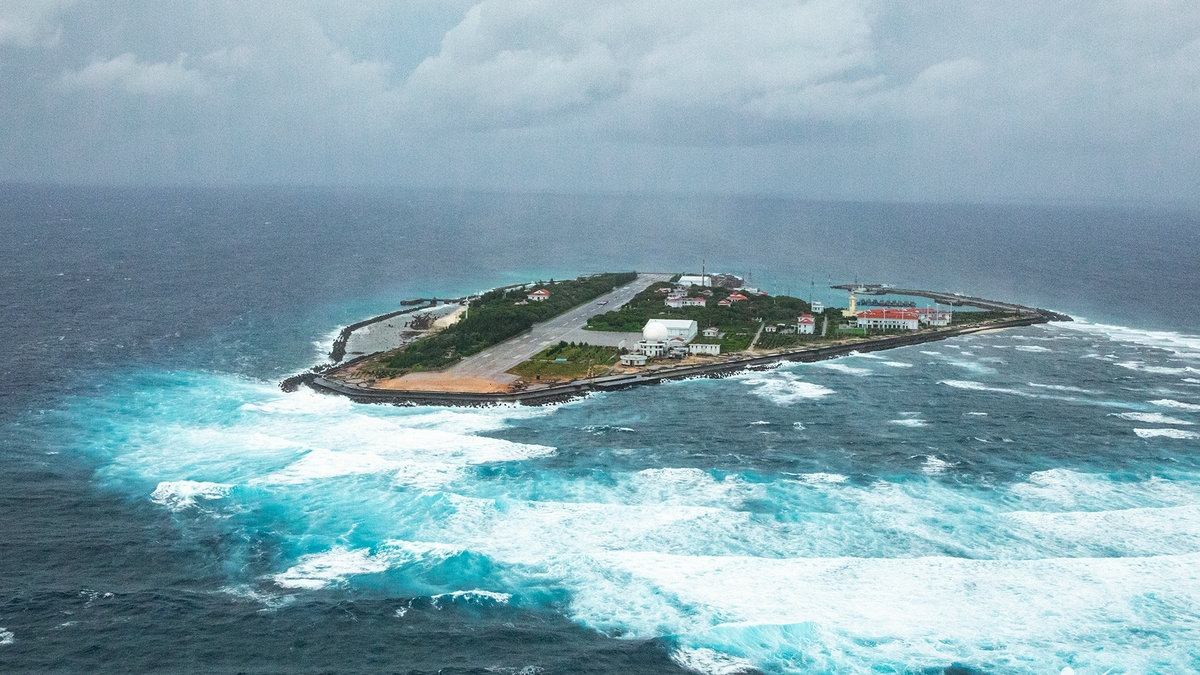
![[Photo] Prime Minister Pham Minh Chinh received Mr. Yamamoto Ichita, Governor of Gunma Province (Japan)](https://vphoto.vietnam.vn/thumb/1200x675/vietnam/resource/IMAGE/2025/10/21/1761032833411_dsc-8867-jpg.webp)



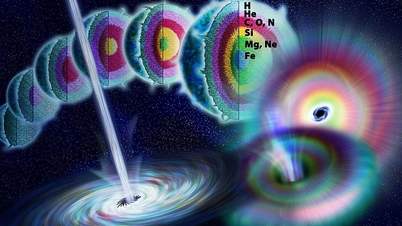


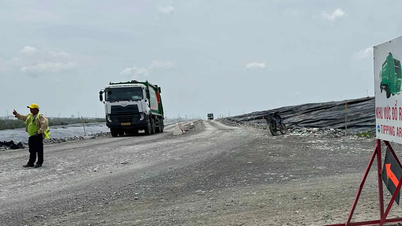


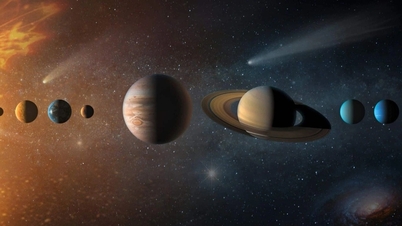
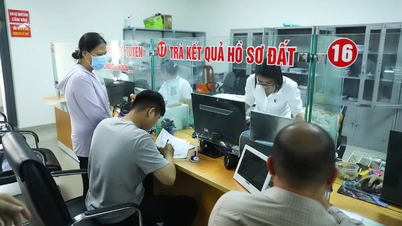






























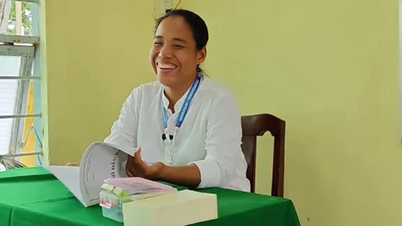
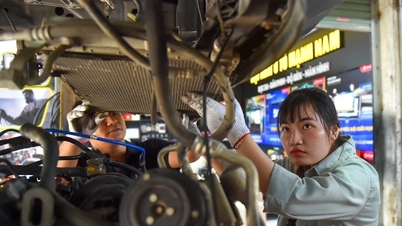








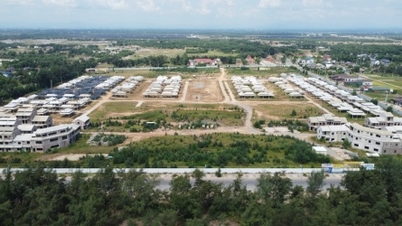














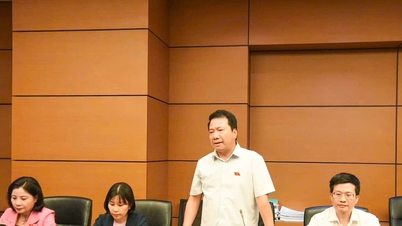








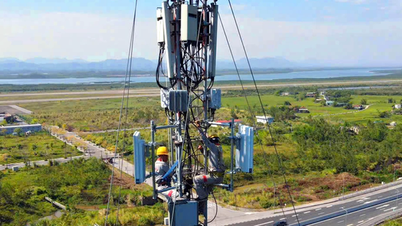
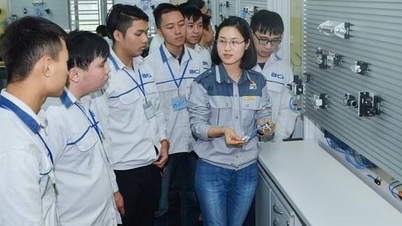
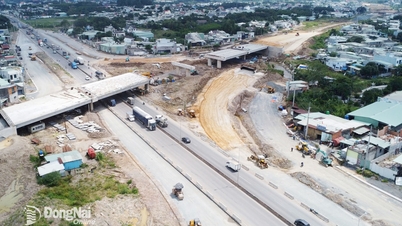



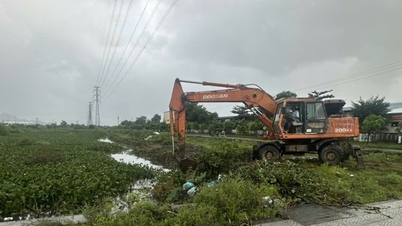



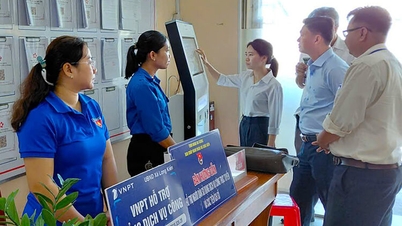













Comment (0)